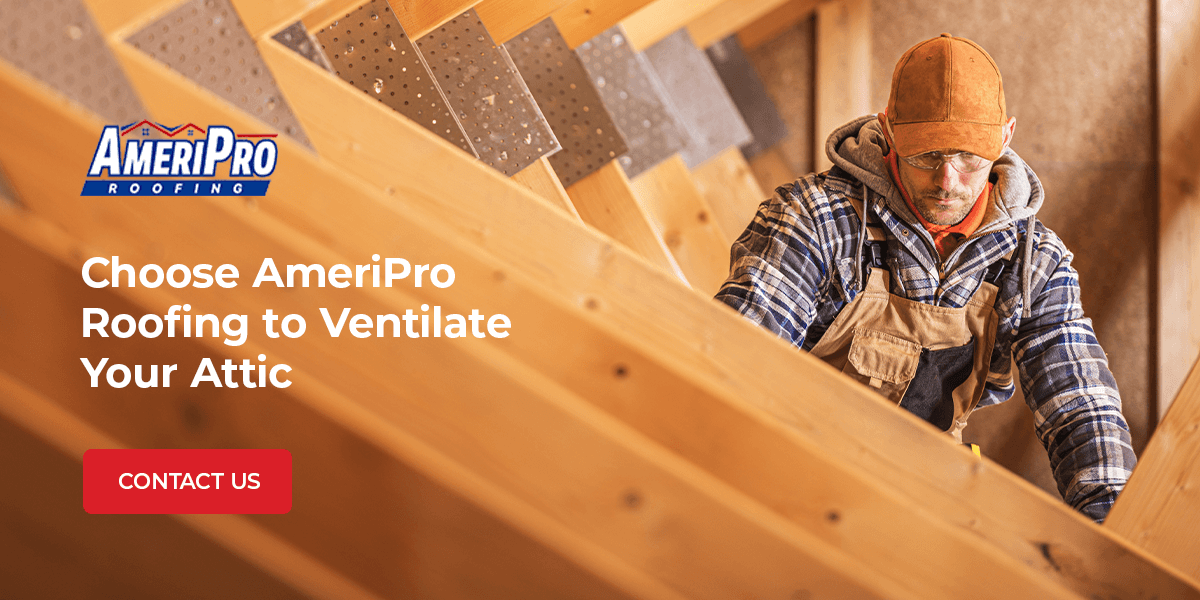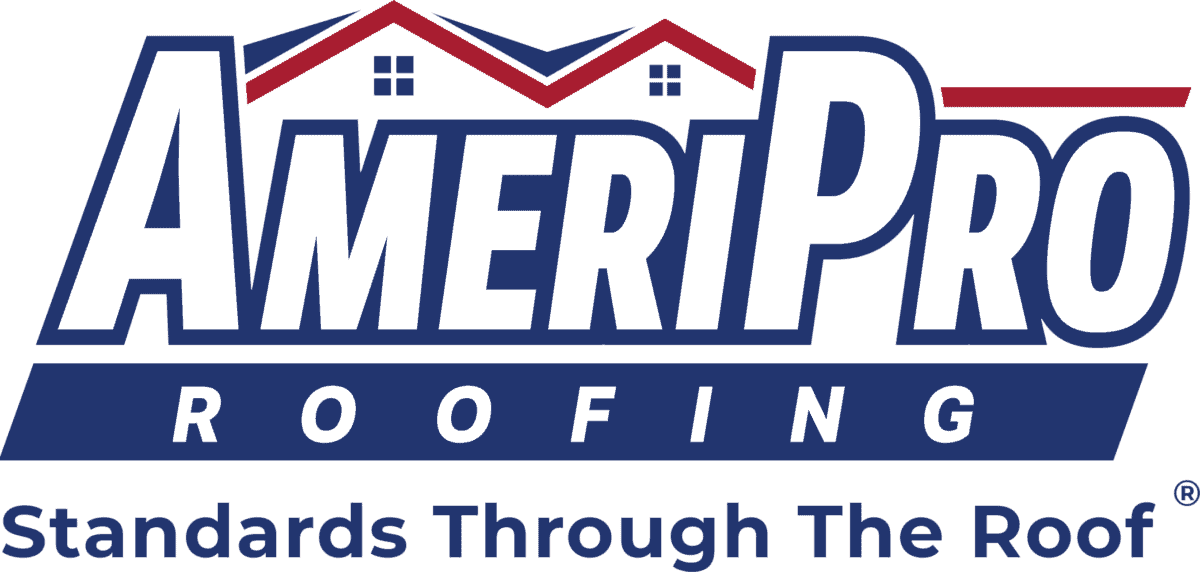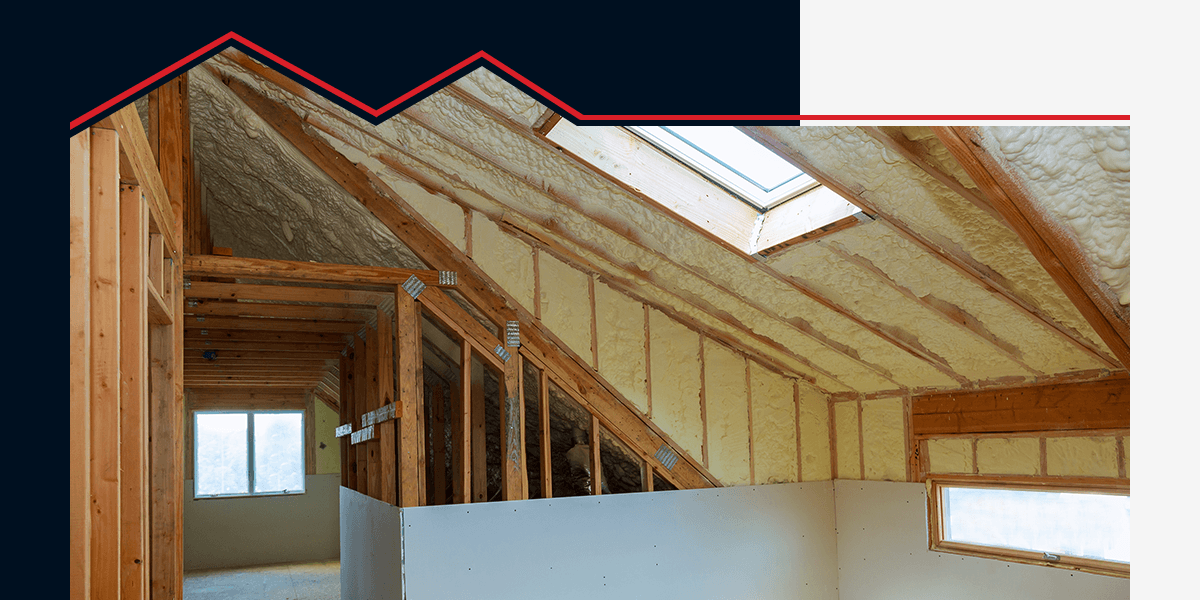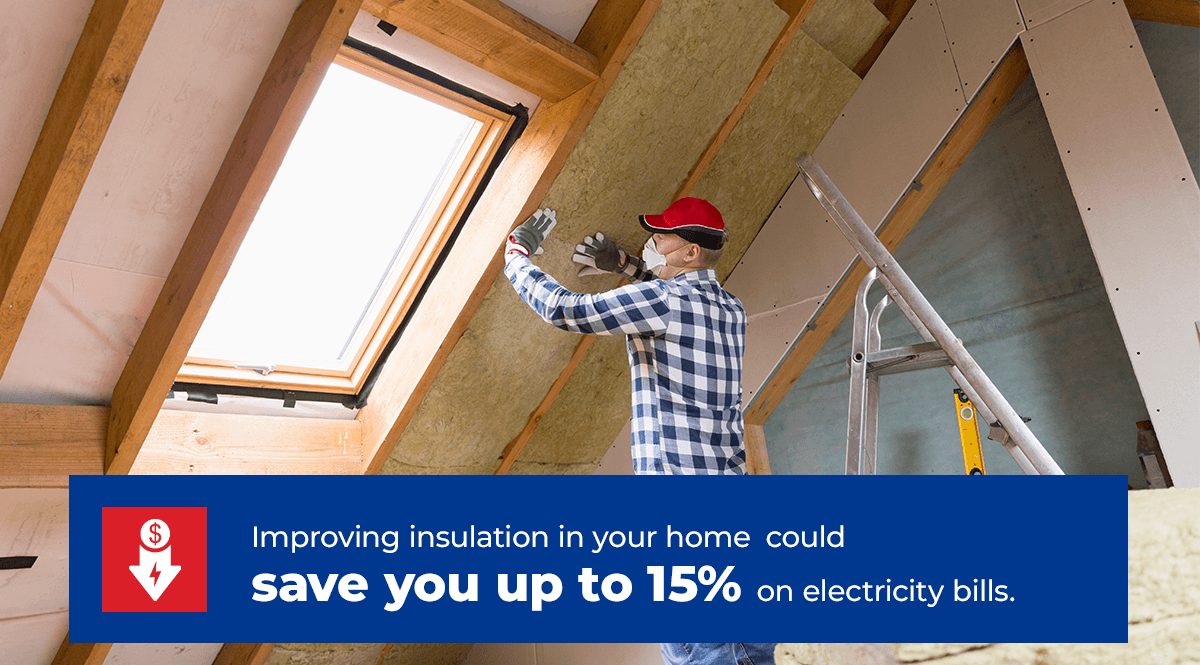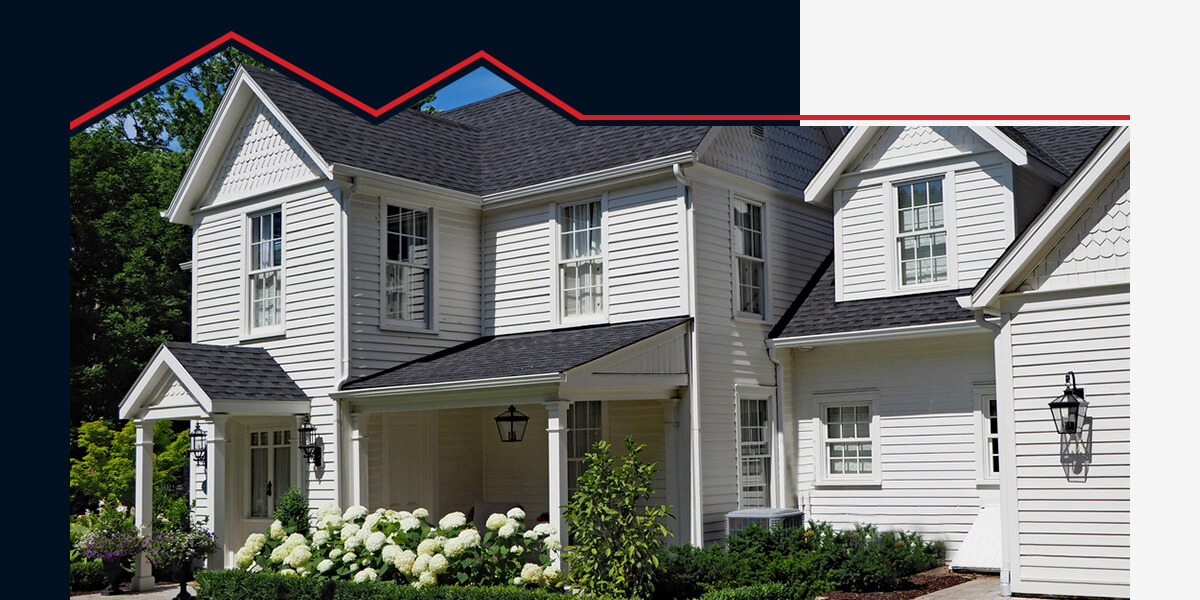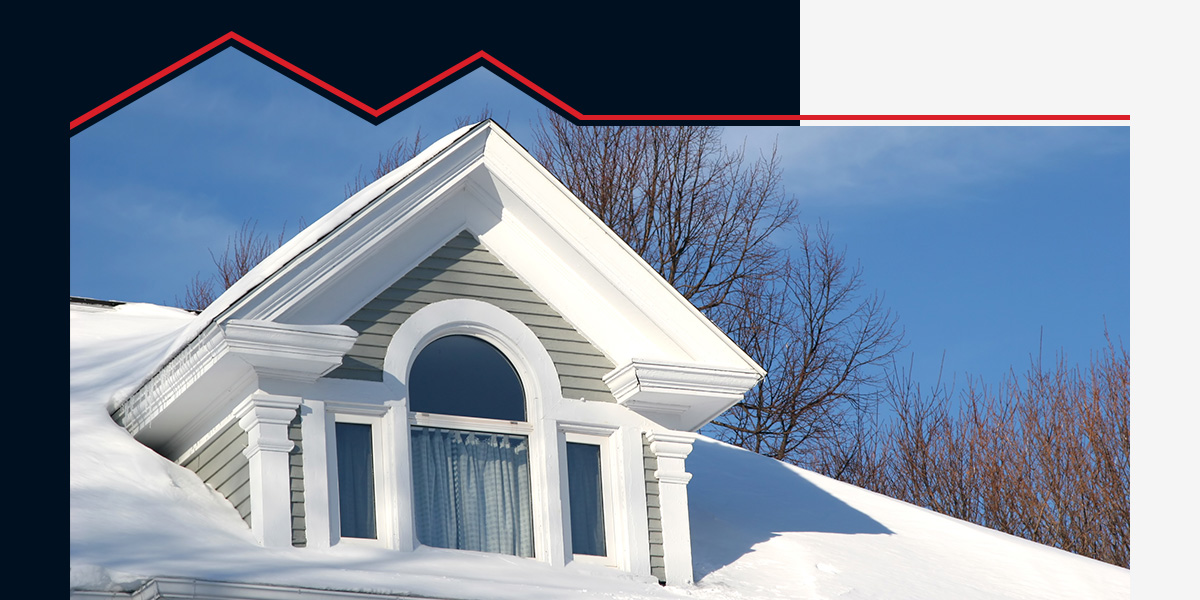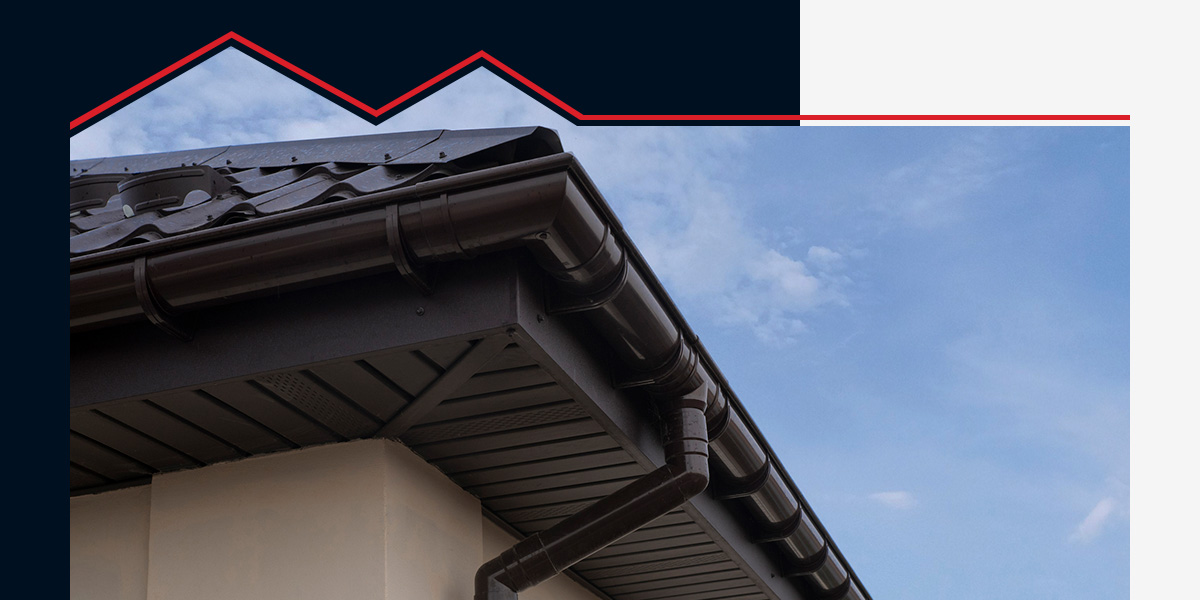How to Increase Attic Ventilation
Proper attic ventilation is crucial for your home’s condition and your family’s well-being. However, many homeowners are living with compromised airflow. This makes them vulnerable to extreme temperatures, excessive energy consumption and egregious moisture buildup.
This article will help you understand the importance of attic ventilation and how to improve it in your home.
The Importance of Attic Ventilation
Ensuring quality attic ventilation helps maintain a home that:
- Resists moisture damage for enhanced longevity.
- Retains a comfortable temperature year-round.
- Reduces energy expenditure for cost savings and sustainability.
- Restores your family’s health through fresh, mold-free air.
5 Tips to Improve Your Attic Ventilation
Now that you understand the critical role of attic ventilation in a healthy home, we’ll share five tips to ensure a well-ventilated attic.
1. Evaluate Your Ventilation
Start with an accurate assessment of your current attic ventilation setup and needs. Keep in mind:
- Building age: Building codes have advanced to encourage better ventilation systems in newer homes. The older your home, the more likely you’ll need a ventilation upgrade.
- Seasonal challenges: Adequate attic ventilation should prevent seasonal problems. These include overheating in summer and moisture buildup or thick ice ridges on your eaves in winter. If you’re experiencing these issues in your home, there’s a good chance your attic needs improved ventilation.
- Intake and exhaust: Proper attic ventilation balances letting out old air and taking in fresh air. Check if your attic ventilation system includes soffit or gable vents to draw in fresh air.
- Attic finish: Finished attic spaces usually have better insulation and sealing than unfinished attics. Check whether your attic has effective insulation and sealing that doesn’t obstruct any vents.
- Vent blockages: If your attic has vents, check that these are free from obstructions like debris, paint or birds’ nests.
- Airflow patterns: Use a test like a smoke stick to see how air moves through your attic. This test uses a smoldering wick that allows you to observe the movements of smoke and check whether every part of your attic has adequate ventilation to expel it. Look for any stagnant areas that require attention.
- Red flags: Several other signs indicate attic ventilation issues, such as unexpectedly high cooling and heating bills, curling or buckling roof shingles, peeling paint near eaves and problems with mold or mildew in your home.
2. Install Attic Vents
Ensure your attic has sufficient vents of the right kind to allow healthy airflow. The key is to have vents capable of supporting both fresh air intake and exhaust of old, hot or moist air. There are several different types of vents you can install in your attic, including:
- Ridge vents: These vents run along the peak of your roof and allow warm, damp air to escape as it rises. Ridge vents can blend with your roofline for a seamless look.
- Soffit vents: Also called under-eave vents, soffit vents draw in fresh air for a healthy airflow cycle. The fresh air entering the soffits pushes out hot air through the ridge vents for a powerful tandem effect.
- Gable vents: Install gable or wall-mounted vents on the attic’s outside wall, near the top of the gable end. They supply both intake and exhaust ventilation. Gable vents are an affordable, simple solution, though they do not create as much balanced airflow as the ridge-soffit combination.
- Static vents: Static vents allow hot air to escape through perforated vents between a roof opening and a raised covering. They are exhaust vents, similar to ridge vents, but you need more of them to accomplish the same amount of air outflow. Static vents are also called box vents.
- Turbine vents: Turbine vents are static vents equipped with a small fan that spins to push hot air out as soon as a small breeze touches it. These can be even more effective for exhaust ventilation than ridge vents, but it depends on your area regularly having at least a small breeze. The turbine can become vulnerable to damage from pests or debris. Like ridge vents, they combine well with soffits.
- Cupola vents: Decorative structures atop a roof ridge, cupola vents can be functional static exhaust vents with aesthetic appeal, though their ventilation capabilities are limited. They work best in a supportive role alongside other vents for optimal attic ventilation.
3. Install Attic Fans
Attic fans support your exhaust vents for optimal airflow results. There are three main types of attic fans:
- Electric attic fans: Electric attic fans connect to your home’s electrical system or a power outlet. Some have thermostats or humidistats that turn the fan on automatically when they detect certain temperatures or moisture levels.
- Passive attic fans: Also referred to as unpowered fans, passive attic fans boost natural airflow for improved exhaust. While they won’t exhaust air at the same rate as powered fans, they have the advantage of not consuming electricity.
- Solar attic fans: Harness the sun’s power for cost-effective and environmentally sustainable air exhaust with solar attic fans. They excel at exhausting hot air on sunny summer days and damp air in winter, but depend on sunshine for their power.
4. Enhance Your Attic Insulation
Effective insulation and sealing work together with proper attic ventilation. Insulation assists your ventilation system by improving:
- Moisture control: Insulation prevents condensation, mold and rot by keeping warm, moist air out of a cold attic.
- Temperature regulation: Insulation reduces strain on ventilation by keeping warm air in during winter and hot air out in summer.
- Energy efficiency: Insulation minimizes the workload of your heating and cooling appliances. This decreases your energy consumption, which is good for the planet as well as your utility budget. Improving insulation in your home could save you up to 15% on electricity bills.
5. Comply With Building Regulations
Building code compliance is a legal necessity, but it also promotes your home’s safety, longevity and energy efficiency. Experts develop building codes to optimize building standards for your lasting benefit.
Check your state and local building codes and ensure your attic and attic ventilation setup comply with them.
Choose AmeriPro Roofing to Ventilate Your Attic
AmeriPro Roofing installs better-looking, longer-lasting attic vents to help you:
- Improve airflow in your home.
- Save on utility bills.
- Regulate temperature sustainably.
- Stay comfortable through every season.
- Reduce humidity to protect from mold and rot.
Ready to give your home a breath of fresh air? Choose AmeriPro Roofing for top-class vent installation service.
With locations across the United States, you can find an AmeriPro Roofing team near you. Our roofing experts are committed to raising service Standards Through The Roof® and are eager to implement your ideal attic ventilation solution. And just for your peace of mind, we secure our labor with a lifetime workmanship warranty.
Contact AmeriPro Roofing today to schedule a complimentary inspection and start your attic ventilation project.
